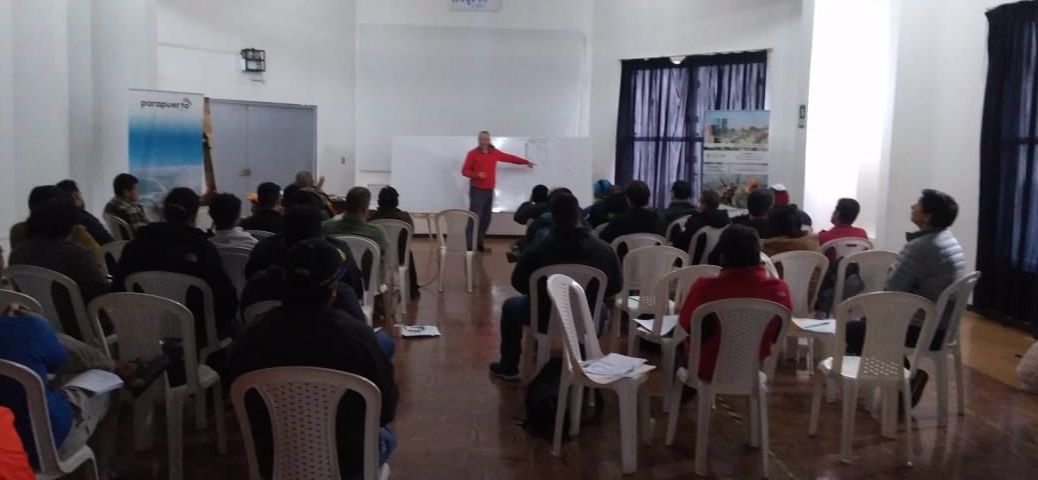On August 18, 2019, a paragliding class was organized for professional and sports paragliding pilots. The class was taught by Manu Bonte, the president of the APPI pedagogical committee. The topics that were dictated were the following:
Paragliding class: Material aging
Measurement of the deformation of the paraglider fabric
The deformation of the fabric occurs on the 45 degree axis. Porosimeter tests are indirect from the deformation of the paragliding fabric. At present there is no method to measure paragliding deformation. Therefore, the porosimeter is the only way to measure the deterioration of the paraglider fabric. However, it should be borne in mind that in some fabrics, such as Gelvenor, the porosimeter test does not give real results.
Types of paragliding fabric according to its stiffness
In the world there are only two manufacturers of paragliding fabric (Porcher and Domenico), but there are several types of fabric that vary according to their weight and flexibility. Different types of fabric are used in different parts of the paraglider, with different stiffness. For example, more rigid fabric is used in the ribs to avoid deformations. However, this stiffer fabric easily tears. Therefore, less rigid and more flexible fabric is used on the external parts of the paraglider (daisies and intrados). The more flexible fabric does not tear easily, since the threads that make up the fabric come together and give it greater strength, but it deforms over time.
Factors that impair paragliding
The color of the fabric may vary due to UV exposure, but the strength of the material does not necessarily change. For example, orange paragliders can fade quickly, but it is not necessarily a sign that it deteriorates.
It is not advisable to wrinkle or excessively squeeze the paraglider fabric, since these deformations remain permanently in the fabric. Therefore, it is important to use a bag of cabbage to store it loosely, instead of folding it. The chair should not go in the cabbage bag, only the paraglider. It has been shown that using a bag of cabbage gives 25% more life to the paraglider.
The part that must be taken care of with greater care is the first third of the stage, since there is the greatest support force. The more advanced paragliders that have fewer lines last less, since having fewer anchor points produces more deformations between cells. This is because the areas of maximum stress are the areas of ribs where there are anchors.
It is not advisable to wash or clean the paraglider. Never use any type of solvent to wash it. If it is strictly necessary to clean the paraglider, you should use a dry cloth or a damp sponge, only with water.
